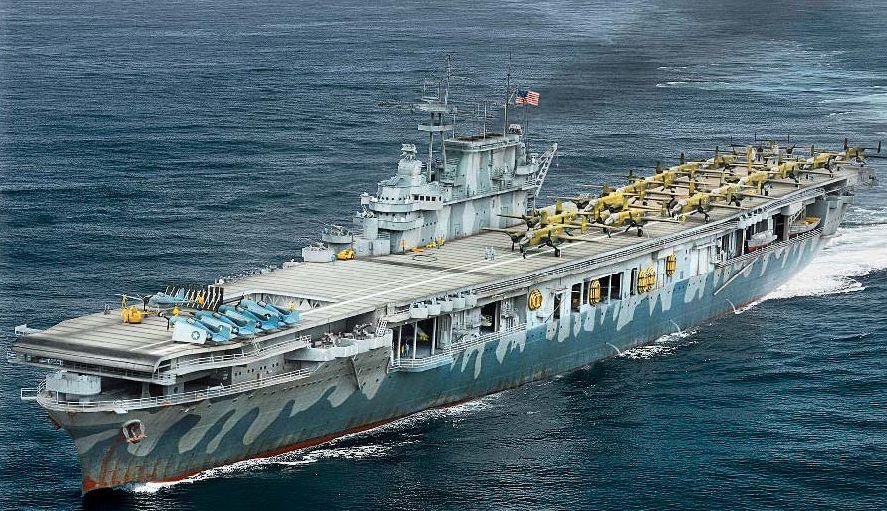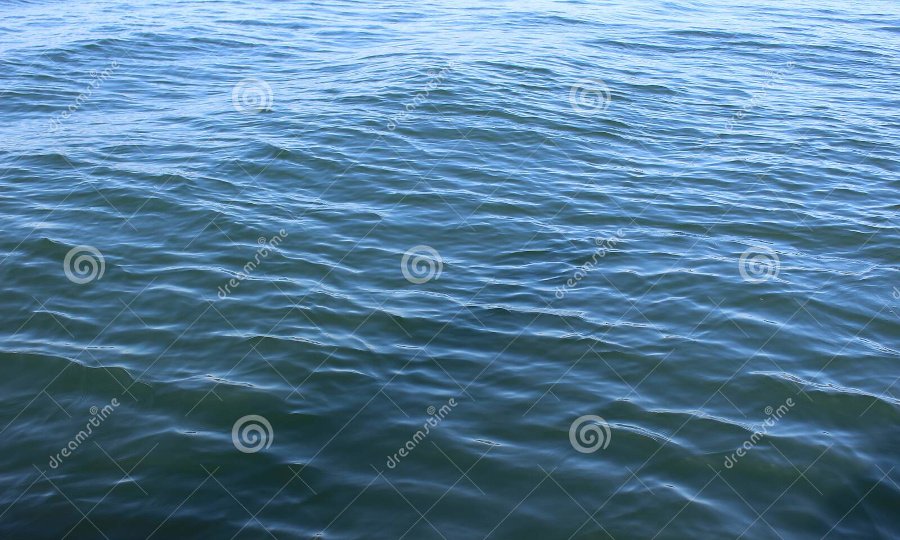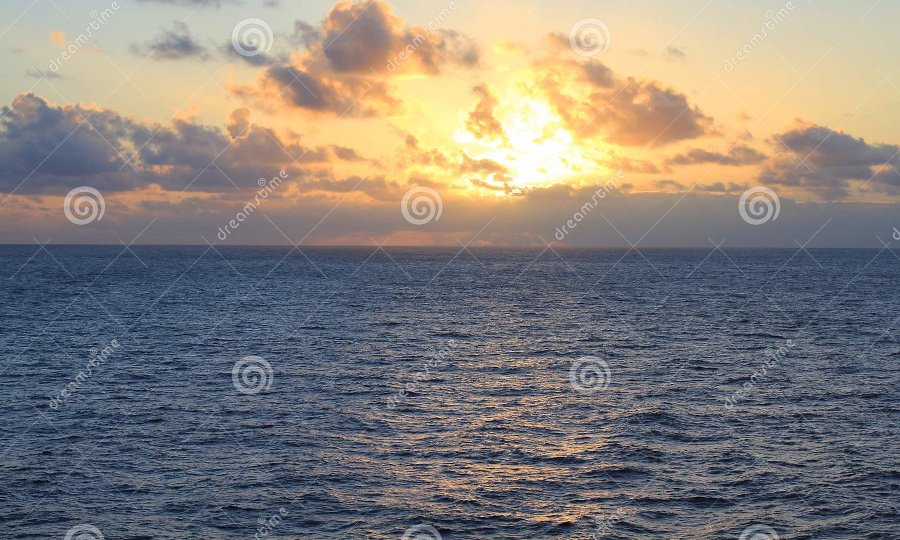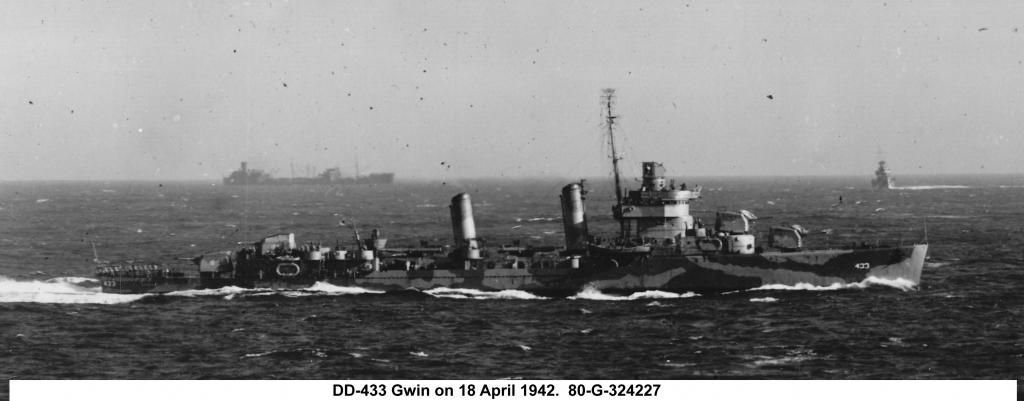-
Posts
4,375 -
Joined
-
Last visited
Content Type
Profiles
Forums
Gallery
Events
Everything posted by Egilman
-
Actually Dynamic Coupling is a compressibility issue on an aerodynamic basis... Compressibility first shows up in control surface flutter... This is where the air pressure building up along the leading edge creates turbulence along the surface, when the turbulence reaches the control surface, they start to flutter.... (flap like a flag in the breeze) As airflow (speed) increases, the center of pressure bleeds back along the surface and pushes the turbulence past the end of the control surface, flutter stops and what is called dynamic coupling takes over, the pressure of the flow of highly compressed air overcomes the control moments mechanical leverage and they seem to lock up, the pilot doesn't have the strength to force the controls to move against the pressure stream.... Another obscure name for this is control surface weathervaning..... the control surfaces follow the flow of air...... So yes Dynamic coupling is a compressibility issue.... The faster the airplane goes thru the air, the stiffer the controls become, until the pressure is built up enough that the controls seem to lock up to the pilot... Hydraulics alleviated this problem for a few years, (hydraulics can easily apply ten times the force a man can to the control surfaces) But, as airplanes kept getting faster and faster, compressibility rears it's ugly head again and again... Eventually NACA developed the Area Rule, (a revolution in aerodynamics) which ended the problems of compressibility by creating space along the surfaces of an aircraft in airflow to allow the airflow to decompress before passing over the control surfaces....
-
One more little detail... For aircraft designed after 1940 your correct...... Prior to that Aircraft hadn't hit the compressibility wall..... Balanced control surfaces, (at least for US aircraft) came out of Lockheed when they were working out the problems of compression stall and elevator lockup at high speeds with the P-38... They found that counterbalanced control surfaces counteracted most of the bad effects of compressibility.... (not all of them though) The F4F, FM2's and the like were designed well before that, The Hellcat had hydraulically compensated control surfaces but the wildcat did not have such... It was the last of the seat of the pants, fully manually controlled fighter planes.... Besides it wasn't fast enough to reach compressibility in any flight regime..... Ever....
-
The hand crank for the flaps was purely mechanical in operation, and as you look at your pics and Lou's pic, all the flaps are completely closed when the wings are folded...... If you notice in the pic of the Wildcat being parked on the deck, (and the video I posted earlier in the thread) the pilot is still in the aircraft and the engine is running while they fold the wings, all the control surfaces are in neutral position cause the pilot is holding them there.... After the wings are folded and the aircraft is pushed into position on the deck the pilot leaves the aircraft and the crew chief installs the control surface lock which is a device that consists of a ring that goes over the control stick and has four elastic, (think bungee cord) straps with hooks on the ends that are hooked to spots in the cockpit to prevent rapid and violent movement of the control surfaces... Without it yes the elevator would hang down at the limit of it's travel...... What your seeing on the parked 'cats is the slight droop the the elastic cord allowed them to hang..... Probably from well used control lock devices with a bit of slack.... As far as the ailerons go looks to me that you got it right, that's not a detail I even noticed before, probably stems from them being mechanically linked and when the wings are folded the pivot point for the Aileron linkage is in a different location than the pivot point of the wing panel itself essentially causing the ailerons to move in the same upward direction when the wings are folded, it is clear from the pics (and video) that while the pilot is in the aircraft the surfaces are in neutral position.... The Grumman sto-wing folding system Grumman developed three different ways to do it, but the one first used was used on the Wildcat and subsequently used an other aircraft.... And yes the aileron connection was mechanical and had a different pivot point (and method of pivoting) than the wing panels hinge point.... Not all wildcats had the same system and some Ailerons did deflect like the FM-2 other earlier versions did not.... Thanks for bringing up the point and giving me the desire to research it... You are correct, they took that upward and outward slant when completely folded.....
-

KI-43 Oscar by Javlin - FINISHED - Hasegawa - 1/32 - PLASTIC
Egilman replied to Javlin's topic in Non-ship/categorised builds
That is just so darn GORGEOUS!!!! Nice job.... Very well done.... -
Well it all depends on the degree of the closeness, Horseshoes, it's measured in inches... Hand Grenades it's measures in yards, (or metres if your military) With Nuclear Warheads it's measured in miles..... On a Seascape, it's measured in oceans, or in this case part of an ocean.... (and unlike the other three you have to count the season as well) So when I say close, I'm looking at the macro sense of close, you know expansive..... But I will admit to narrowing the scope down to the North Western Pacific in early spring..... And that was intended to be a joke.... So I've acquired my materials..... On the left is the TP a few squares, next to that is the Acrylic Gloss Heavy Gel medium, and then the Acrylic Modeling Paste and finally in the unlabeled bottle, a 50/50 mix of Elmer's and water... Then of course my foam base... I need to find the color of the ocean on that day or more like it in similar conditions.... Now don't really need to do much research to know that the ocean is blue.... and white caps are well, white... But what shade of blue? how intense given the bright sunshine the reflectivity of the water should I use high gloss or semi-gloss.... So I gathered some pictures of the North Pacific Ocean in bright sunlight for the most part showing the conditions in a lot more detail than the B&W subject pic and a range of sea conditions from mild to, well, let's say conditions that would definitely rock any boat your on..... (and there is one sunset pic that crept into the mix) Mild.... Early morning with a good stiff breeze.... And last, lets go rockin'.. Now, the first set of two images probably show that the water was like the days just after they left San Francisco... The second set of three show what it probably was like when they started their dash to the launch point..... And the last three probably show conditions at launch..... The middle three are the closest to what I need to model although they do show as a bit stronger sea conditions than the subject pic.... And the color is blue, no big surprise there, but it's a deep deep blue even under bright sunlight... Pthalo Blue looks good for the water and Titanium White for the little whitecaps and any foam around the ship's hull..... Will be starting texturing the ocean in a bit.... EG
-
Those on the outboard ends of the wings are known as Ailerons my friend, and even when folded they are still mechanically linked, one would be the opposite of the other as they are control surfaces and move in synch with each other.... Generally they are in neutral (centered) position when the wings are folded.... Flaps are inboard on the wing and would be split between the center section and the inboard part of the folded wing and would be mechanically locked closed when the wing is folded....
-
Two words Brother, Panel Scriber..... Use it just like you would to scribe panels but continue on through the part for seperation..... with the scriber you can cut the oblong shapes out in one piece as well.... One other thing brother, they wouldn't droop on a carrier deck..... The control surfaces would be mechanically locked to prevent flutter damage from the wind when sitting on the deck....
-
You got the right idea brother, a better foam base material is rigid insulation panels from the local big box store, about an inch thick can handle most seaways..... and works well in most techniques in creating one.... The foil is good for creating texture especially in a high seaway.... I think overall you did an excellent job for a first time experiment.... (much better than my first try) And you chose one of the most difficult seaway scenes to model.... Learning new things is also one of the fun things about this hobby... You did very well my friend....
-
You've come to the right place brother, there is more modeling knowledge, (all genres) than the next two forums combined...... And it's family...... Oh, by the way, I have a PDF copy of the official Booklet of General Plans for this ship.... Just in case you want to see what they really were engineering wise....
- 54 replies
-
Actually Dennis, the whole boat is a bit too high in the water... The waterline is right at the break of the hull and superstructure when in flat water and in rough seas the water will be washing over the decks on almost every wave.... The driest part of the boat is the bridge and it been described as being in a washing machine while it's agitating during rough weather..... For a first time creating a seaway, it is excellent though.... not everyone can do a decent choppy sea their first time out.... Here it's not only decent but good job...
-
Well, it is free form sculpting in a sense... but once you've figured out what your going to do, it's rather easy my friend.... I just have to remember how I made mountains and rivers when I was working on the railroad..... Pretty soon I'll be breaking out the toilet paper.....
-
Yep but I do believe that ocean waves count as well..... Thank you brother it's really appreciated....
-

Spitfire MK I by Danstream - Tamiya - 1/48 - PLASTIC
Egilman replied to Danstream's topic in Completed non-ship models
Yes, normally the aircraft were polished and kept clean in 1/1 scale, in smaller scales light glinting off the surface would be completely disproportionate to the scale of the aircraft when your trying to depict an object.... Flat paint cuts the shine so when observed by the human eye it appears as realistic as possible... In real life some of them were actually painted in flats especially at the start of the war where a glint off a canopy or the spine of a fuselage could mean life or death.... So it depends on what your trying to depict..... in general, in smaller scales, flat paint gives a more natural finish to the eye..... But this is for aircraft.... tanks and ships were generally painted in flats even in real life cause a reflection or flash of sunlight could easily mean getting shot at..... -

Sutcliffe 1/72 vac form Coronado
Egilman replied to Lucius Molchany's topic in Non-ship/categorised builds
Gorgeous US Navy tricolor..... Beautiful..... -
I think I'm done carving..... So let's see how close I came to the subject..... I think once I add the splashing action along the hull it going to be close..... Onward.... EG
-
Almost done carving... lets see what she looks like.... I think she needs to go a bit deeper especially at the stern.... Yep definitely, the stern need to sit down in the water more.... Onward....
About us
Modelshipworld - Advancing Ship Modeling through Research
SSL Secured
Your security is important for us so this Website is SSL-Secured
NRG Mailing Address
Nautical Research Guild
237 South Lincoln Street
Westmont IL, 60559-1917
Model Ship World ® and the MSW logo are Registered Trademarks, and belong to the Nautical Research Guild (United States Patent and Trademark Office: No. 6,929,264 & No. 6,929,274, registered Dec. 20, 2022)
Helpful Links
About the NRG
If you enjoy building ship models that are historically accurate as well as beautiful, then The Nautical Research Guild (NRG) is just right for you.
The Guild is a non-profit educational organization whose mission is to “Advance Ship Modeling Through Research”. We provide support to our members in their efforts to raise the quality of their model ships.
The Nautical Research Guild has published our world-renowned quarterly magazine, The Nautical Research Journal, since 1955. The pages of the Journal are full of articles by accomplished ship modelers who show you how they create those exquisite details on their models, and by maritime historians who show you the correct details to build. The Journal is available in both print and digital editions. Go to the NRG web site (www.thenrg.org) to download a complimentary digital copy of the Journal. The NRG also publishes plan sets, books and compilations of back issues of the Journal and the former Ships in Scale and Model Ship Builder magazines.





.jpg.236dfbc69aa8b040d6c08e592a211e68.jpg)
.jpg.980a5d9a5ed5fd6d29a03fa4dd30b4f6.jpg)
.jpg.3b702b6872027066681b34e94d379798.jpg)
.jpg.06a64789e01a0ff907cdcab1dceb38c1.jpg)
.jpg.02df4170adeada5ab1790ec2571f6418.jpg)
.jpg.a7c73d082151a2e47e0f49f44f9c1477.jpg)

